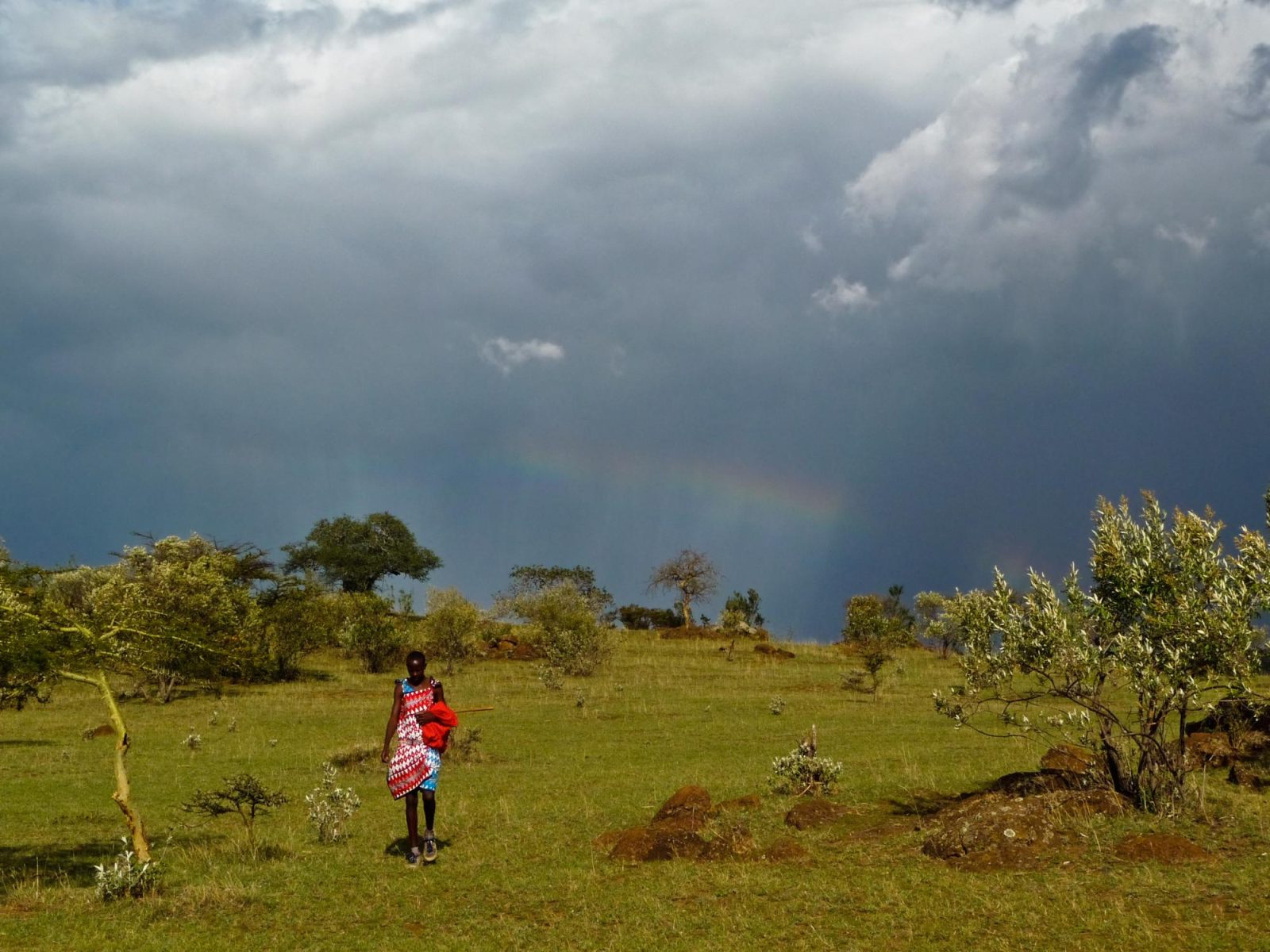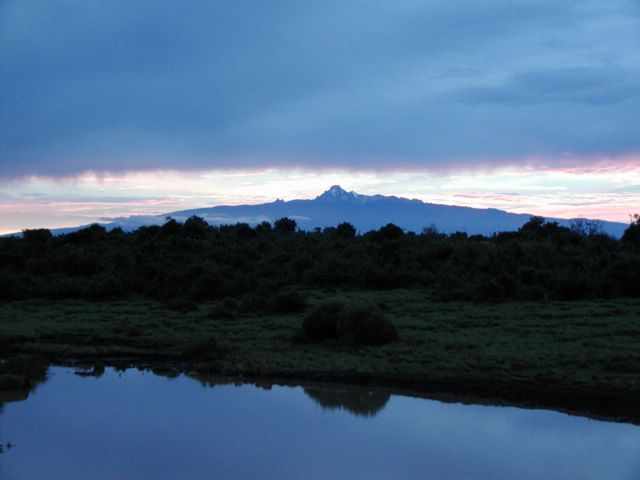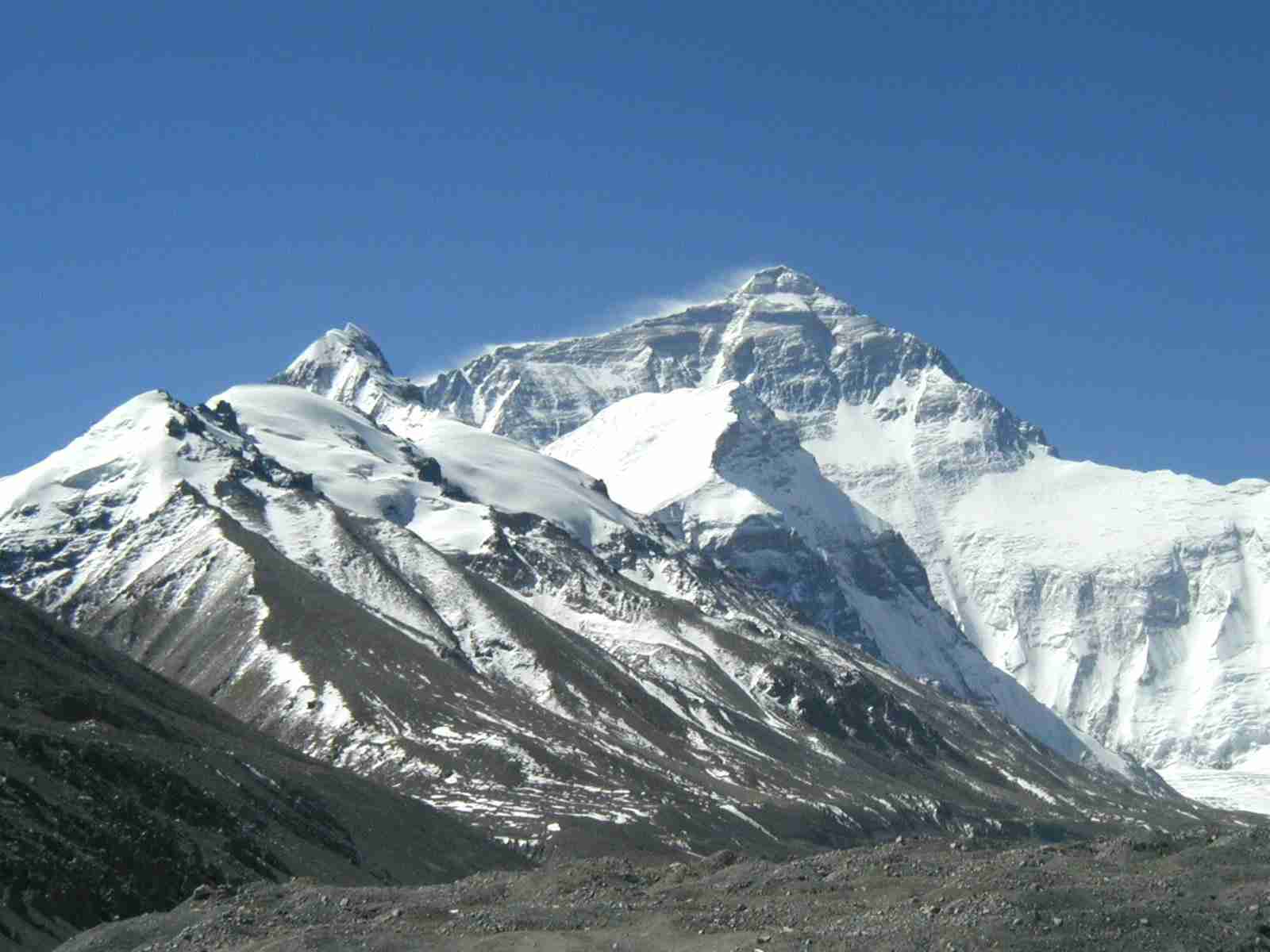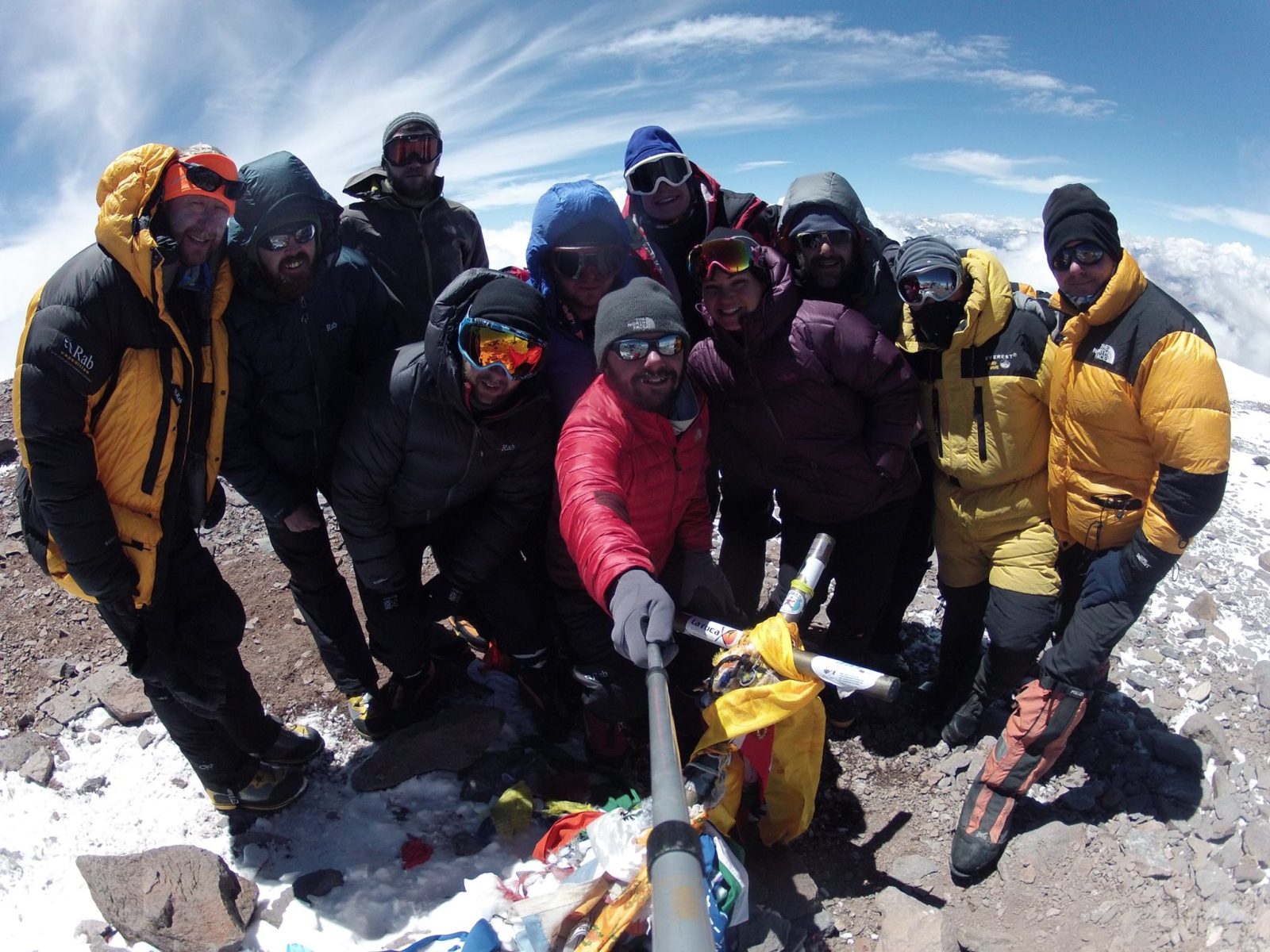
Kenya Climate
KENYA CLIMATE
Traveling to Kenya is a very rewarding experience when it comes to counting on the weather. The climate is warm and dry all year round, with plenty of sunshine and cool nights and mornings. Being equatorial the annual temperature variation is not as marked as at greater latitudes, however there is still a variation of weather throughout the year which can be summarised as follows:
Long rains : March – May
Short rains: October – November
Hottest Months – December to March with temperatures as high as 34° C
Coolest Months – July and August temperatures can fall as low as 10° C
ANNUAL PATTERNS
The annual weather pattern can be divided and summarised as follows:
January- February
January and February are relatively hot months and ideal to visit the coastal region. During this period, animals gather around water sources making it easy for game viewing. It is also a good time to go mountain climbing.
March- May
This is the rainy green season and may be best time to travel for those who prefer smaller crowds, as it is also the off peak season in Kenya. The beginning of the wet season is also great for bird viewing as it is a time when many resident birds nest and are therefore at their most active and attractive.
June – October
These are the coolest months and the famous wildebeest migration is traditionally in Kenya around this time.
September – October
This is an ideal period for mountain climbing.
November- December
This is a season for short rains with temperatures being relatively cool. This is also a time when many other resident birds nest, many migrant species are present and flamingo numbers usually peak.
Topographical Considerations
However, if you are travelling across Kenya, expect to experience different weather patterns due to Kenya’s differing topographical dimensions. The coastal areas are tropical, with particularly high humidity in April and May, but tempered by monsoon winds. The lowlands are hot but mainly dry, while the highlands are more temperate. Nairobi has a very pleasant climate throughout the year due to its altitude. Near Lake Victoria, the temperatures are much higher and rainfall can be heavy.
Rainfall is seasonal throughout most of Kenya. The coast, eastern plateaus and Lake Basin experience two rainy seasons: the “long rains” extend from March to June, while the “short rains” occur from October to December. The highlands of Western Kenya have a single rainy season, lasting from March to September
Different regions of Kenya can be summarised as follows:
Western Kenya -towards lake basin area
This plateau area is generally hot and rainy throughout the year usually in the evenings – wettest region in the country.
There is abundant sunshine year round. Temperatures range from a minimum of 14°C to 18°C to a maximum of 30°C to 36°C throughout the year.
Heaviest rainfall in April and lowest in January. Average annual rainfall ranges from 1,740 mm to 1,940 mm.
Rift Valley and Central Highlands
The temperate Rift Valley and Central Highlands have perhaps the most agreeable climate in the country.
Average temperatures vary from a minimum of 10°C to 14°C to a maximum of 22°C to 28°C.
Rainfall varies from a minimum of 20mm in July to 200mm in April, falling in essentially two seasons – March to the beginning of June (the ‘long rains’) and October to the end of November (the ‘short rains’).
Northern and Eastern Kenya
In the semi-arid bushlands of northern and eastern Kenya–(the lowlands) temperatures vary from highs of up to 40°C during the day to less than 20°C at night.
Rainfall in this area is sparse and, when it does occur, is often in the form of violent storms. July is usually the driest month, and November the wettest. The average annual rainfall varies between 250mm and 500mm.
Coastal region
The consistently humid costal regions have average temperatures that vary little during the year, ranging from 22°C to 30°C.
Rainfall averages from 20mm in February to around 300mm in May. Rainfall is dependent on the monsoon, which blows from the northeast from October to April and from the southwest for the rest of the year. The average annual rainfall is between 1000mm and 1250mm (less in drought years).
WEATHER PATTERNS AT MAJOR TOURIST AREAS
Mount Kenya
Mount Kenya has permanent snow at its summit, so it’s cold all year round. At night at the higher elevations the temperature can drop as low as -10° C. Typically the early mornings on the mountain are sunny and dry, and clouds often form by noon. It is possible to hike Mount Kenya throughout the year but it gets more difficult during the rainy seasons from mid-March to mid-June and October to mid-December.Mt Kenya and the Aberdare Range are the country’s main water catchments, with falls of up to 3000mm per year recorded in these places.
Western Kenya and Maasai Mara
Western Kenya is generally hot and humid with rainfall falling throughout the year, generally in the evenings. There is abundant sunshine year round. A huge part of the Maasai Mara National Reserve lies in Western Kenya and the best times to visit are between July and October when the landscape frolicking with wildlife during the annual wildebeest migration.
Northern Kenya
Northern Kenya is a fairly arid region with little rainfall and abundant sunshine year round. This is camel country. Average temperatures vary between 40° C and 20° C. The best time to visit this area is June, July, August and December. Northern Kenya is sparsely populated and filled with natural, rugged beauty.
Nairobi
The capital city is situated in the Central Highlands of Kenya and enjoys a very nice climate for most of the year with temperatures averaging between 14° C and 28° C. There are two rainy seasons, the first is from March to the end of May and the second shorter season runs from October to the end of November. The sunniest time of year is December to March and the cloudiest time is from June to September.
The Coastal Region
Along the coast, temperatures are hot and moist for most of the year, but on the beach the humidity is kept at bay by the ocean breeze. The wettest months are April to May and there’s also a short rainy season from October to November. As you can see from the table below, minimum average temperatures remain quite high throughout the year and nights can be uncomfortably humid at times.

Book Your Adventure of a Lifetime Now
Discover our trips to other Countries
Adventure Alternative Articles

12 MONTHS, 12 MOUNTAINS
Climbing Calendar Ready for World Mountain Day In celebration of World Mountain Day, we've created a calendar for the year to make it easy for...

Mount Aconcagua Trip Review
January 2016 This year we had a team of twelve clients from four different countries – Iran, Ireland, England, South Africa and Argentina –...

Alcey’s Survival Skills Course at Lupa Masa Jungle Camp
SURVIVAL SKILLS COURSE AT LUPA MASA JUNGLE CAMP | ADVENTURE ALTERNATIVE In celebration of International Rural Women’s Day, we’re talking...